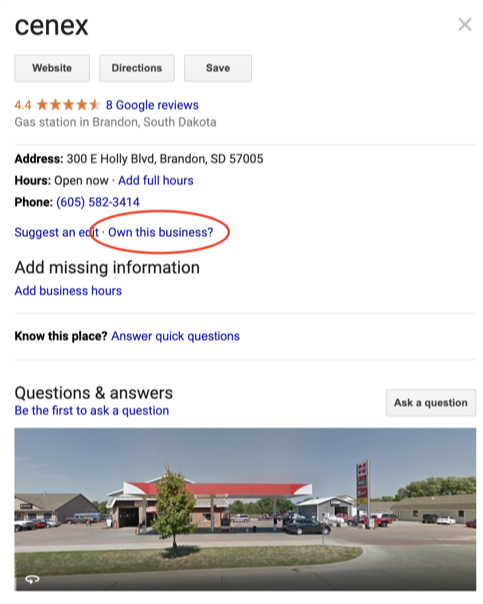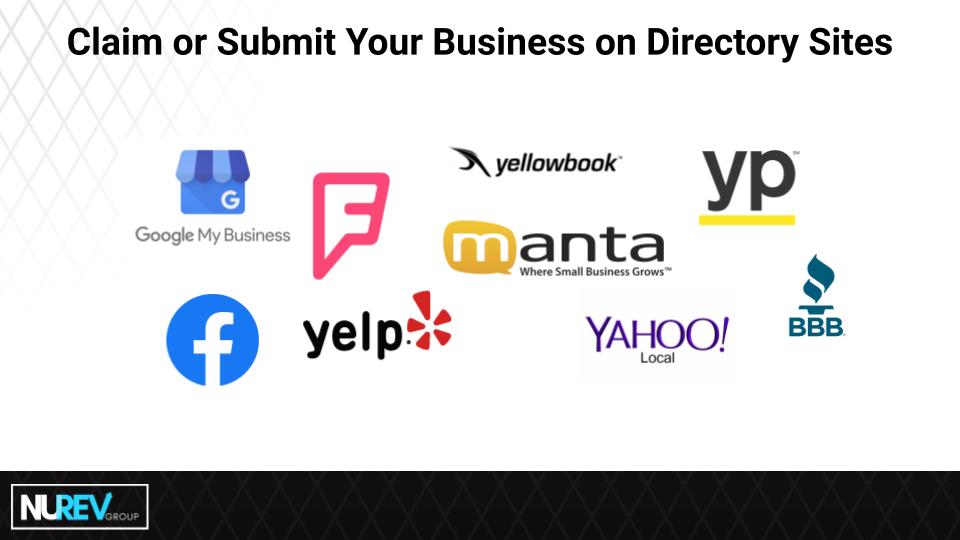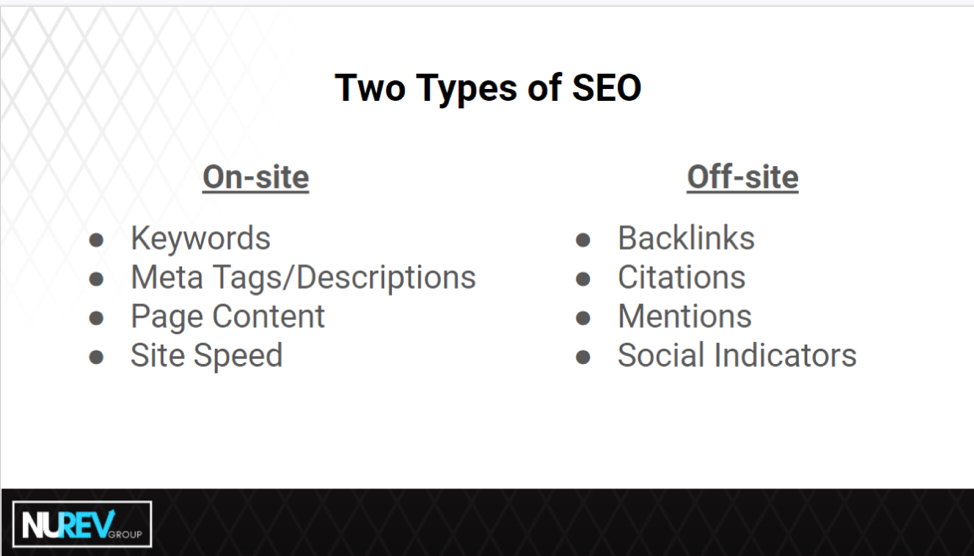

Photo courtesy of Bench Accounting via Unsplash
With the internet being the primary avenue for marketing and communicating with a consumer base, there are many business owners that want to get involved in marketing online in one way or another.
However, it’s hard to know where to start when it comes to navigating something as vast as the world wide web. “Digital” marketing offers numerous advertising channels from websites and email marketing to search engines and social media. It sounds daunting, but these various channels are why the internet is great for small businesses–it’s versatile, cost-effective, and direct. So how do you get started?

When you search for a business in Google, Facebook, yellowpages, etc., something is bound to come up. Unclaimed businesses on these sites can often present faulty information, or no information at all.
By claiming yours, you gain control of the information shared–hours, location, and more. What people see then is completely up to you.
There are hundreds of directory sites online so it can be difficult to know where to start, but updating some of the major directories such as Google, Facebook, Yelp, and manta is a great first step. Making sure information is consistent across all of these is key. It can be a daunting task to keep these all up to date, so there are services available that ensure all of your citations are kept up-to-date and correct.

If you want your potential consumer base correctly informed of your services, claiming your business is the first step in the right direction.

Photo courtesy of Igor Miske via Unsplash
All marketing must lead to somewhere, and that somewhere should be your website. It doesn’t need to be complex, but it should be well-designed and appealing. The best marketing in the world can’t overcome a poorly-designed website.
A bad site hurts brand perception and can drive potential customers to the competition. If you don’t know the first thing about web design, fear not. There are companies that can help you with that.
Your website should not only provide all of the relevant information pertaining to your business, but it should also make customer interactions easier. Customers should be able to get 24/7 sales support, online order requests, account management, bill pay, and more. Whatever service your business provides, your website should provide as well.
Last but certainly not least, your website needs to be mobile-friendly. Mobile devices such as smartphones and tablets are taking up a majority of searches. Therefore, Google has implemented “mobile-first indexing.” What this means is that Google takes the content from the mobile version of your site when it indexes your site among others in similar fields.
If your site isn’t mobile-friendly, it may wind up further down on the search page where no one will likely see it. You can test how mobile-friendly your site is here.

Search Engine Optimization, or “SEO” helps you climb the search pages. Fewer than half of small businesses invest in SEO, but it’s an investment that can provide returns for several years.
A whopping three-fourths of people never scroll past the first page of a search, making SEO crucial to driving traffic to your website. There are plenty of free SEO tools that are listed here:
There are over 200 determining factors that Google and other search engines take into account when indexing sites. They all fall under two categories: on-site and off-site. On-site factors are aspects of your website–the structure and content of the site itself.
Off-site factors are aspects from all around the web that search engines use to make sure it is recommending trustworthy and reliable sites.

In short, SEO simply makes your site more accessible to the general public. There are many sites that can show you where you are at in terms of search optimization, but they tend to require subscriptions. That being said, the investment is worth the years of potential new customers that see you at the top of a search results page.
Online marketing is critical for rural and small-town businesses. There may be less competition, but the customer base is also significantly smaller. Even small gains in the market can have a huge impact.
Differentiate your business in order to stand out and gain attention. The internet is an unfathomably large network, but by following these steps, you’ll already have a head start on the competition.
Update your browser to view this website correctly. Update my browser now